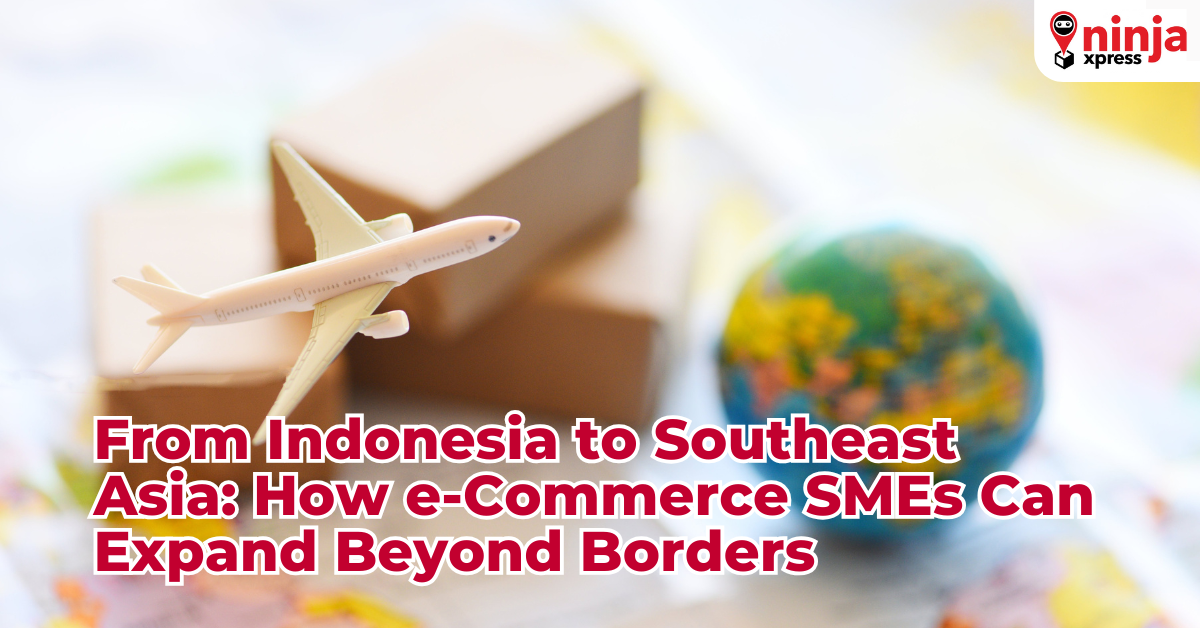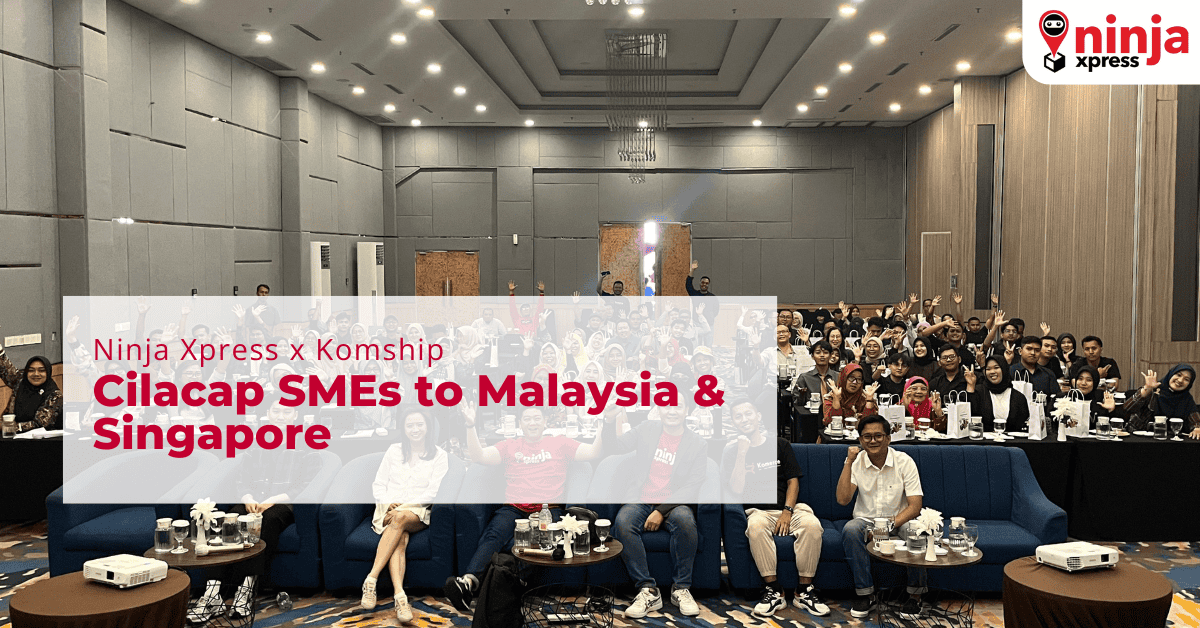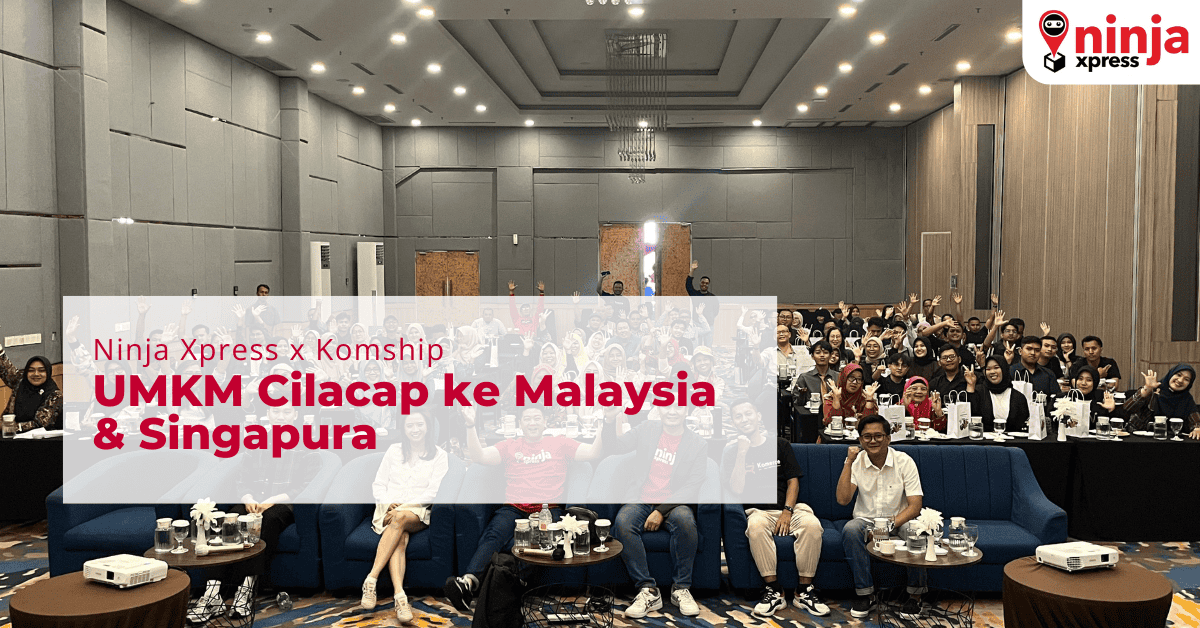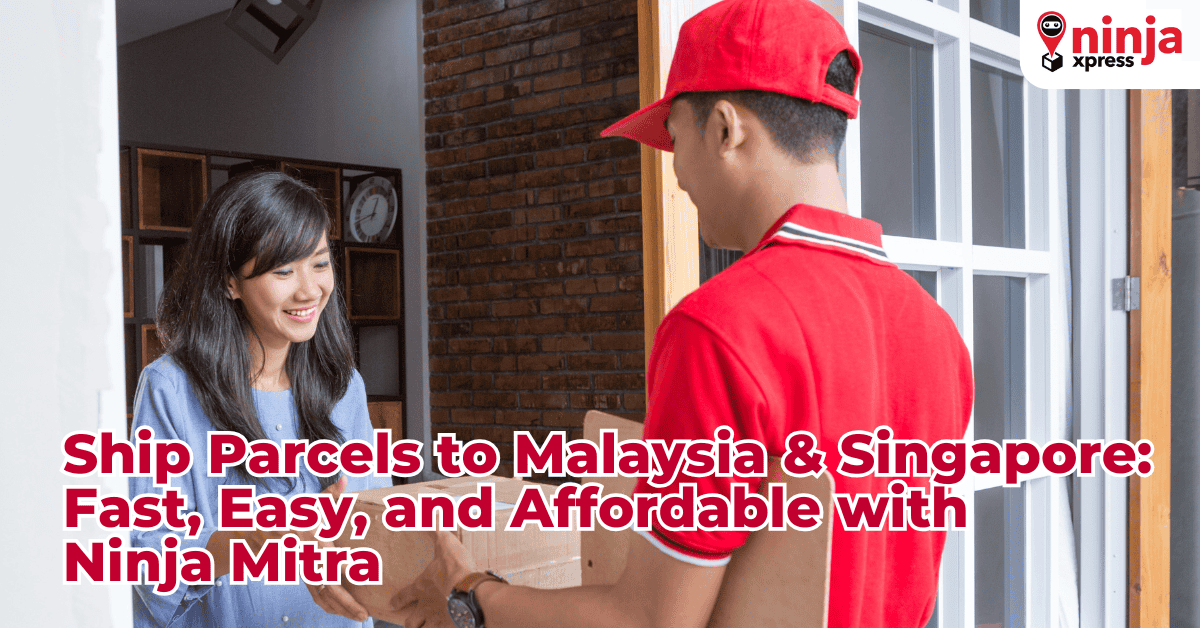This article is a condensed version of our e-Guide, From Indonesia to Southeast Asia: A Practical Guide for e-Commerce SMEs Expanding Beyond Borders. Read the guide in full here.
Have you thought about expanding beyond Indonesia to neighboring countries? We know it’s a challenge, but your journey so far proves that growth beyond borders is possible.
Expanding your business requires careful planning, and we’re here to help. In collaboration with CPXi Asia and antics@play, we’ve created this guide to equip you with insights and strategies to expand with confidence.
#1. What is Your Expansion Strategy?
We all want online shopping to be instant—click, and it’s done. But cross-border expansion is a whole different game. Customs, taxes, and delivery challenges can complicate things fast.
That’s where logistics strategy matters.
Success beyond borders isn’t just about selling; it’s about choosing the right approach that fits your goals and budget. Let’s explore your options.
- Source + Production + Local Fulfillment
A high-risk, high-cost move—setting up operations abroad sounds great until sales fall short, quality slips, or costs spiral. It’s a big commitment with big uncertainties. - Bulk Shipping + Local Fulfillment
A safer bet, offering faster delivery and easier returns. But misjudging demand means paying for space you may not need—or scrambling when stock runs out. - Direct-to-Customer
The smartest, most cost-effective way to start. Keep inventory local and ship only when orders roll in. It takes longer, but a solid logistics partner keeps things running smoothly.
Our Take:
Start small with a Direct-to-Customer model to test demand before scaling up.
#2. What About Your Delivery Strategy?
Your delivery strategy should reflect what you sell and how you see your brand growing. Are you focused on speed, cost, or a mixture of both? It’s not just about shipping—it’s about delivering on your brand promise and customer expectations.
- Express Service
Fast, reliable shipping for high-value or time-sensitive products. This is ideal for high-value/time sensitive goods or when speed is non-negotiable. - Commercial Service
A balanced option that offers reliable delivery times at a lower cost. It’s the most popular choice for businesses looking to scale efficiently. - Postal Service
The most budget-friendly option, suitable for small, non-urgent shipments. While cost-effective, delivery times can be longer and tracking options limited.
Our Take:
Commercial Service offers the best mix of affordability and reliability, making it the ideal choice for your wallets while keeping customers happy.
#3. Are You Familiar with the Market Differences?
Expanding into Southeast Asia isn’t just about selling; it’s about understanding how different markets discover brands and what drives their buying decisions. Each country has its own unique quirks—what works in Malaysia might not work in Singapore.
Both Malaysians and Singaporeans rely heavily on search engines when making purchase decisions—37.1% and 30.4% respectively—making SEO a key strategy across both markets.
However, Malaysians are more influenced by social media ads (40.1%), while Singaporeans place greater trust in word-of-mouth recommendations (28.3%), highlighting the importance of referral programs in Singapore and social media marketing in Malaysia.
Beyond discovery, consumer expectations also vary widely across the region. For instance, Malaysians resonate best with eco-friendly and sustainable brands.
Our Partners’ Take:
This diversity means a one-size-fits-all approach won’t work. To succeed, businesses need to adapt their marketing and fulfillment strategies to meet each market’s unique needs.
#4. Have You Planned for Cross-Border Logistics?
Shipping across borders isn’t as simple as packing and sending—it’s a journey with multiple steps that can make or break your expansion plans. From customs to last-mile delivery, every stage needs to flow smoothly to keep your customers happy.
Here’s how it all comes together:
- Collection & Processing
Your products are picked up and prepared for international shipping. - Export Customs Clearance
Meeting local regulations is key to avoiding costly delays. - Transportation
Whether by air, sea, or land, choosing the right mode depends on urgency and budget. - Import Customs Clearance
Products are inspected and cleared according to local rules. - Last-Mile Delivery
The final step—getting your orders into customers’ hands quickly and reliably.
Our Take:
Cross-border logistics doesn’t have to be overwhelming. Choosing the right shipping strategy and staying informed about local regulations—like Singapore’s 400 SGD (~5,000,000 IDR) De Minimis threshold versus Malaysia’s 500 MYR (~1,800,000 IDR)—can help you avoid costly surprises and deliver a seamless experience.
Final Thoughts
The competition is fierce, but with smart moves and the right partners, what seems complex today can become your biggest breakthrough tomorrow. The question is—are you ready to take that step and own your expansion journey?
Ready to take the next step? Get your hands on our full e-Guide for expert insights and actionable strategies to scale beyond borders.Looking for a one-stop logistics solution? From first-mile to last-mile delivery, Ninja Xpress provides end-to-end support to simplify your cross-border expansion. Talk to us, here.








